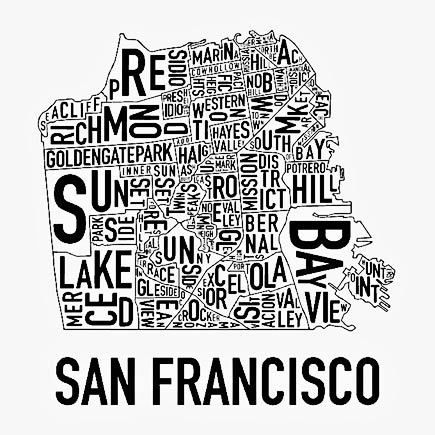
Even though it's very simple and not the entire design, this cover shows a very good example of dimension in the blocks that Mario is breaking through. These blocks pop out/appear to be more 3D than the rest of the cover, simply because of the way they are placed upon another block, offset, and set to different transparencies. The way it's designed, it's set up for the white/light blue part of the block to be the front, while the dark blue/light blue part is the back of the block. This gives the blocks the illusion of dimension.
2) Super Mario 3 - Direction

This cover design for the Super Mario 3 game shows a good example of the use of direction in two ways. Both use a diagonal line, directing the eye from the bottom left of the design, to the top right. The most obvious one would be the way Mario is positioned, and how he has his arms open as if he was flying. Your eye is lead from his feet, up to the tips of his fingers. Also, the title "Super Mario 3" is at a diagonal slant, leading your eye once again from left to right.
3) Super Mario Allstars (Wii) - Shape


